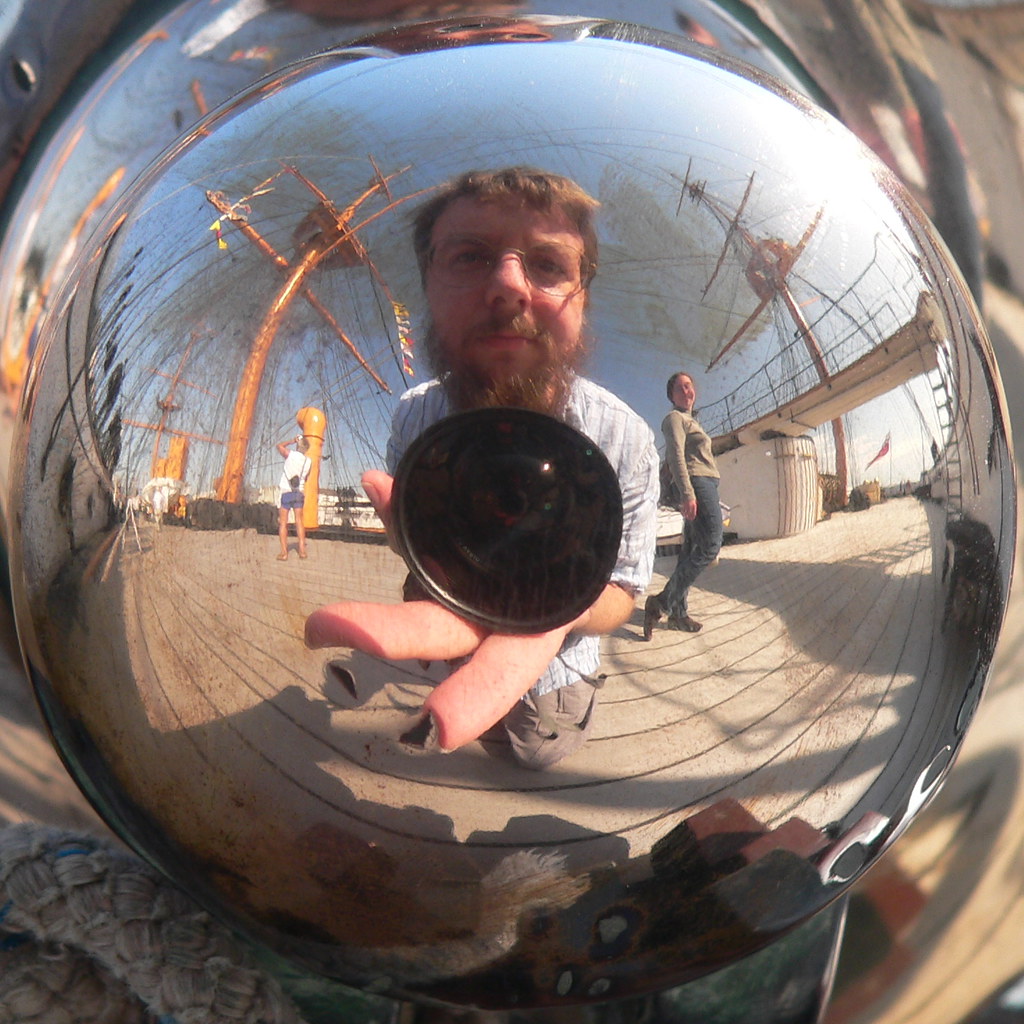I'm feeling really good about NASA progressing with manned space flight. When the last shuttle landed in 2011 I was worried that would be it and we would never really return---that the Orion/Constellation systems would be cancelled because of budget cuts, etc. I hope we can also get away from a focus on "missions" and shift to the concept of continuous development.
Okay, so here's the plan. The Russians are pulling their modules from the international space station to start their own station again (they really are planning this; I'm not making it up). The ISS is the most expensive machine ever built and can still be a resource. Instead of letting the US modules burn up after orbital decay Boeing can do a series of refueling mission and burns to boost the orbit and eventually arrive either in lunar orbit or at L2 (where the Gaia spacecraft is currently, L2 is shielded by Earth from solar radiation) to begin constructing a docking and resupply station to support longer manned missions. A series of Lockheed Martin and Boeing missions can begin assembling a manned ship for a mars mission. The first mission will not attempt a mars surface landing, instead it will (much cheaper and safely) go to Phobos which has low gravity and orbits mars at an altitude of only 6,000 miles (and may have water). From here the astronauts can drop a series of rovers around mars on some real geography (the Olympus Mons volcano, the Valles Marineris canyon, and ice cap poles come to mind) as well as map and study Phobos. They can control the rovers in near real time without the time delay of control from Earth and maybe even fly some drones in the atmosphere! Then on the way back do a (cheaper and faster) gravity assist to adjust back to Earths orbit with a Venus flyby---two planetary manned missions for the price of one! The next step would then obviously be a manned mission to establish a long term base on, what was originally considered a planet, Ceres (which will be the jackpot in terms of resources, orbital positions, and gravity wells) to support further missions from Ceres to the rest of the solar system.
Subscribe to:
Post Comments (Atom)

No comments:
Post a Comment